It is with great sadness that Matzav.com reports the petirah of Rav Grainom Lazewnik zt”l, longtime rov of Mosad Adar Gbyr in Flatbush, who spent his formative years as a bochur in the Novardok yeshivos of Pinsk and Mezritch. Rav Lazewnik, a great talmid chochom and humble baal mussar, was a repository of knowledge about Novardok and his character bore the indelible imprint of Novardok. He was 105 years old.
Rav Lazewnik served as a rov in the United States for more than 60 years. He symbolizes the greatness in Torah, middos and humility of a mussar personality of yesteryear.
His personal story of salvation from the Nazis is a remarkable one, worthy of its own lengthy article. It is a story replete with profound Hashgacha protis at every turn. As a talmid chochom and student of mussar, Rav Lazewnik was able to discern the Hand of Hashem throughout his ordeals.
Rav Lazewnik was born in a small town called Lenin, not far from the larger town of Luninetz in the region of Pinsk. His father, Reb Yaakov, was one of the distinguished baalei batim in the town and served as a gabbai of the kehillah.
As a child, Rav Lazewnik learned in Lenin. After his bar mitzvah, Rav Moshe Milstein, rov of Lenin, established a yeshiva ketana and Rav Lazewnik joined that yeshiva. After a year, Rav Lazewnik joined the Novardok Yeshiva in Pinsk. In Pinsk, the Steipler Gaon, Rav Yaakov Yisroel Kanievsky, served as a maggid shiur.
Rav Lazewnik was profound influenced by the Steipler as well as Rav Kalman Pinsky, an older bochur at the time who later married the daughter of Rav Elya Lopian. Rav Kalman was mekarev Rav Lazewnik and had a private mussar vaad with him. The menahel, Rav Moshe Ostropoler, also had a great hashpaah on Rav Lazewnik.
After two and a half years, in 1930, Rav Lazewnik was asked to join the Mezrticher branch of the Novardok yeshiva. Rav Lazewnik stayed in Mezritch for several years, learning under the rosh yeshiva, Rav Dovid Bleicher, one of the earlier talmidim of the Alter. Rav Dovid’s brother-in-law, Rav Shmuel Panitch, would say shmuessen throughout the year.
Aside from a year and a half when Rav Lazewnik was forced into compulsory conscription in the Polish army, he stayed in Mezritch until the outbreak of World War II.
The poverty both in Mezritch and Pinsk is something completely incomprehensible to today’s generation. Rav Lazewnik had the bare necessities to live.
In 1932, on his way back to yeshiva after spending Pesach at home, Rav Lazewnik’s father insisted that he go to learn in Baranovitch, one of the prominent yeshivos of that time. In Baranovitch, he immediately went to make the acquaintance of the mashgiach, Rav Yisroel Yaakov Lubchansky, the son-in-law of the Alter of Novardok. Rav Yisroel Yaakov was mekarev Rav Lazewnik. At that time, the rosh yeshiva, Rav Elchonon Wasserman, was in America and Rav Lazewnik did not see him. Rav Lazewnik ultimately returned to Pinsk.
Rav Lazewnik spent the years 1937-38 in the Polish Army. As a Jewish soldier, he was given permission to have kosher lunch brought daily by the Jewish community. The army allotted 60 groschen each day to pay for the food. Every day, Rav Lazewnik, together with three other bochurim from the Radiner Yeshiva who had also been drafted and were in his brigade, would go to eat. In that town, there were two Gerer shteiblach. One was for younger chassidim who true bnei aliyah and spent most of their day learning and demanded high levels of avodas Hashem from themselves. The other shteibel served the general population. Somehow, Rav Lazewnik became friendly with the son of the baal habayis who provided the kosher food for them and really took a liking to him. This bochur was a talmid in the famed Yeshivas Chachmei Lublin. At that time, Rav Lazewnik’s army service was about to end and his young friend begged him to come with him to Yeshivas Chachmei Lublin. Rav Lazewnik’s army service ended in September and, as soon as he was discharged, Rav Lazewnik went with him for a Shabbos to Ger. That Shabbos was the Shabbos of the first Selichos in 1938. After the Shabbos in Ger, Rav Lazewnik traveled to Lublin.
After the war, following much wandering and travail, Rav Lazewnik ended up joining Rav Gershon Liebman, one of the gedolei Novardok, in a yeshiva for the refugees that had found a hospitable, placid home in the town of Zalsheim. Rav Gershon appointed Rav Lazewnik as maggid shiur in that yeshiva.
Rav Lazewnik wrote a short monograph chronicling the events that he experienced during the war in an appendix to the sefer Chiddushei Rabbeinu Yitzchok ben Rav Avrohom of Narvona that he edited and that was published by Machon Yerushalayim.
The appendix, entitled “Pirsumei Nissei,” was translated by one of his sons into English. It is a story of Hashgacha protis at every turn.
After immigrating to America and getting married, Rav Lazewnik became the rov of the Young Israel of New Lots, and when that neighborhood changed, he moved to Flatbush, where he opened his shul on the corner of East 9th and Avenue O.
Rav Lazewnik is survived by his children, Rav Yaakov Lazewnik, Mrs. Sarah Rothenberg, Mrs. Tzirel Gordon, Mrs. Esther Gittel Mishkowitz, Rabbi Avrohom Lazewnik, Mrs. Reizel Drimmer, and Rabbi Boruch Lazewnik.
Yehi zichro boruch.
PHOTOS: (C) Flash 87 Images
{Matzav.com}

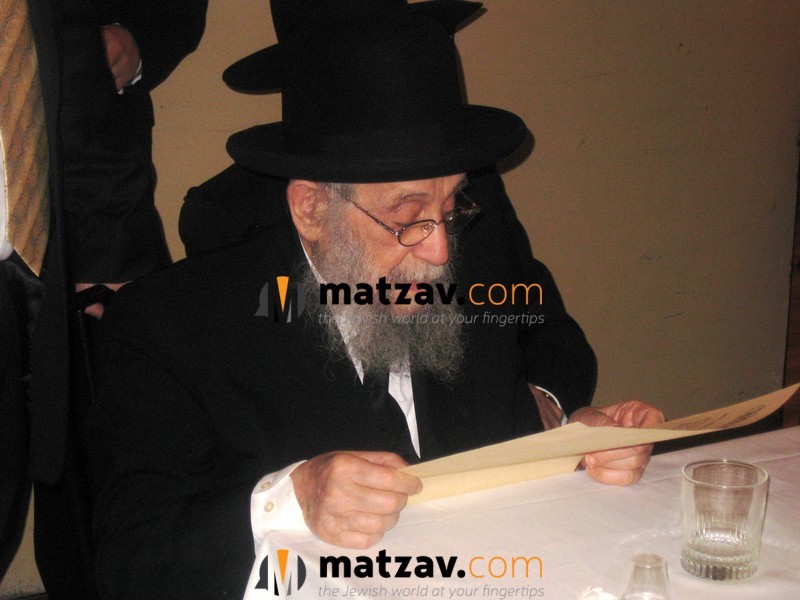
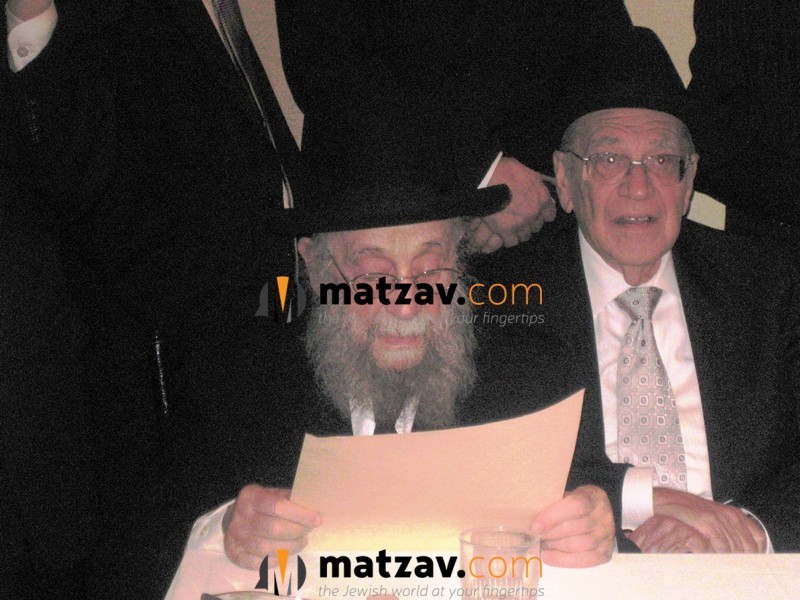
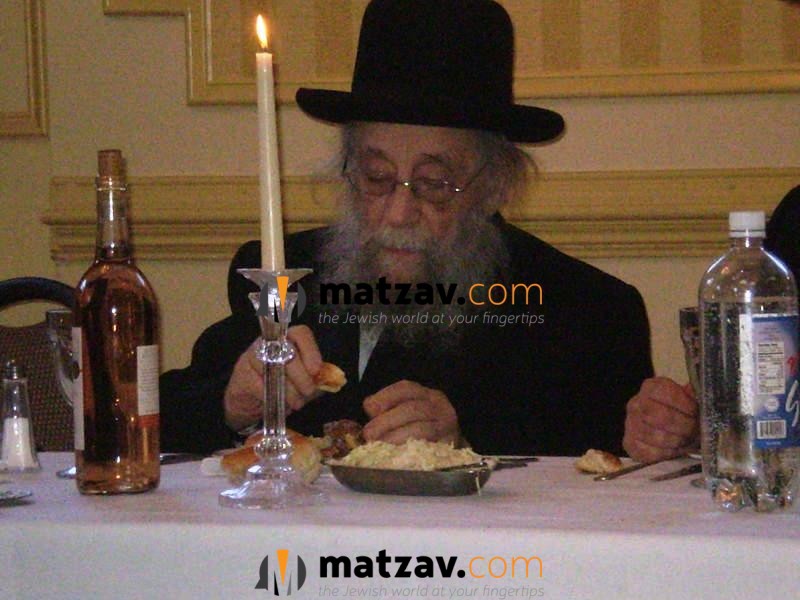
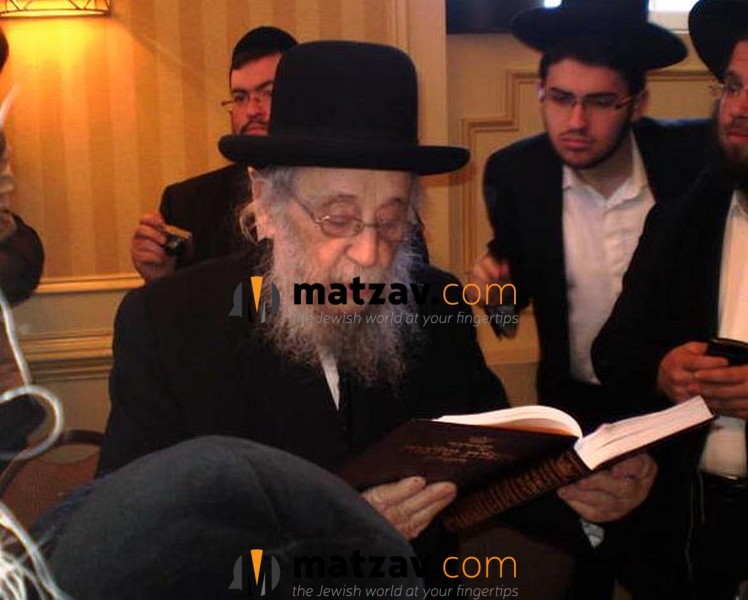
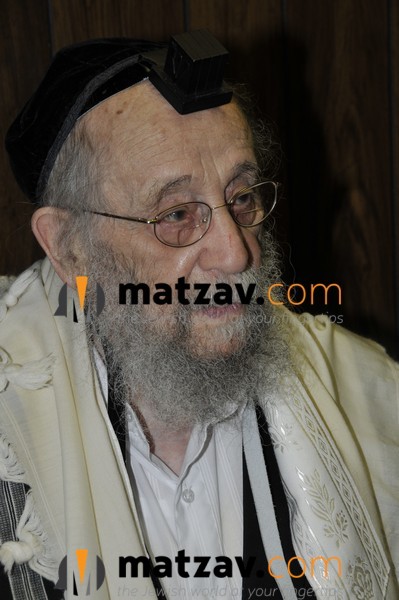
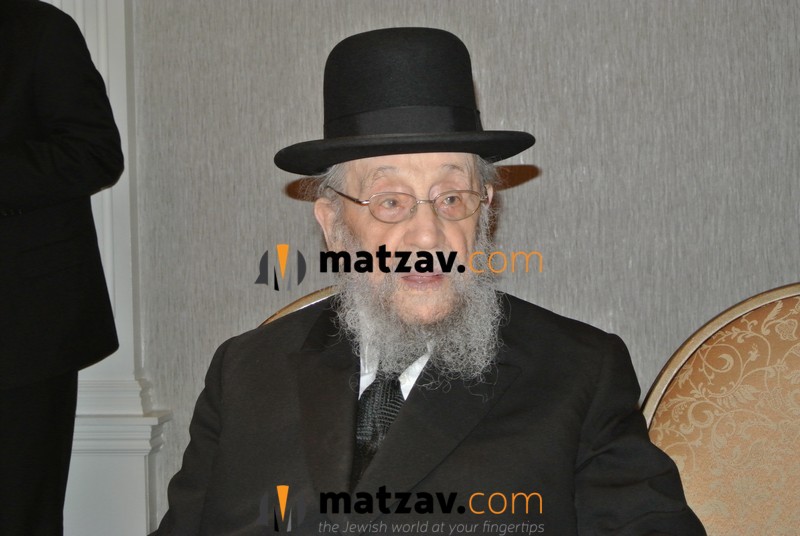
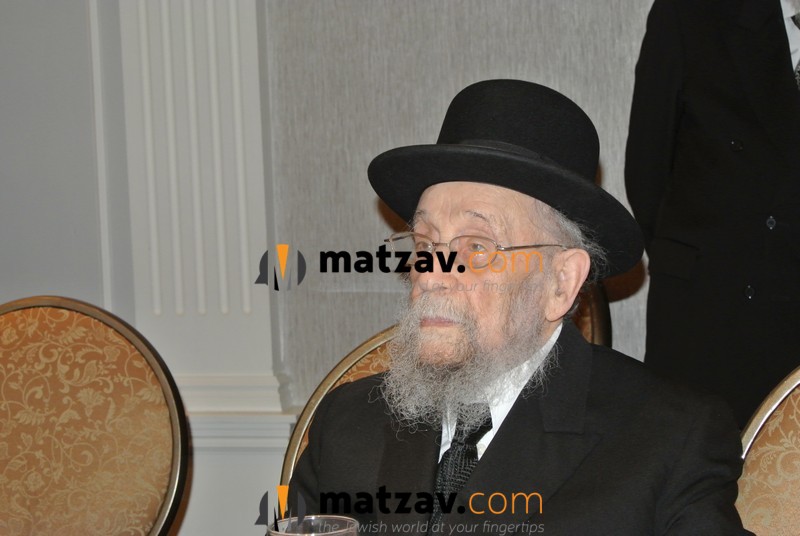
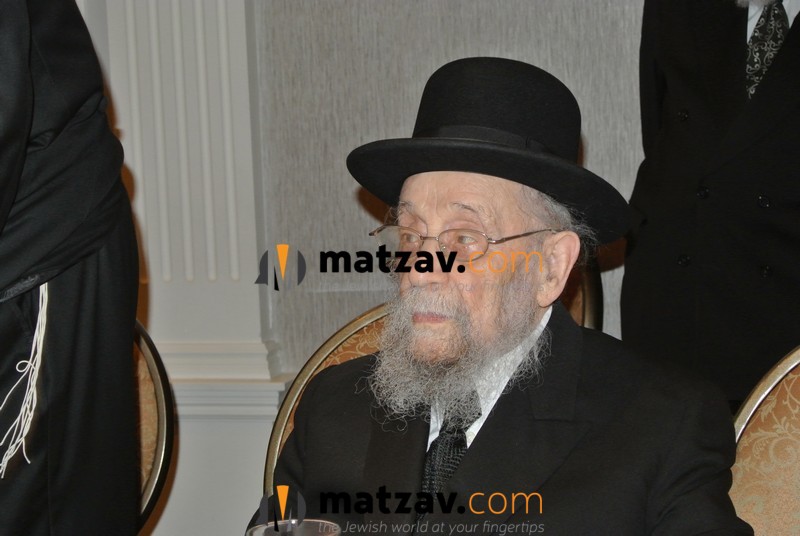
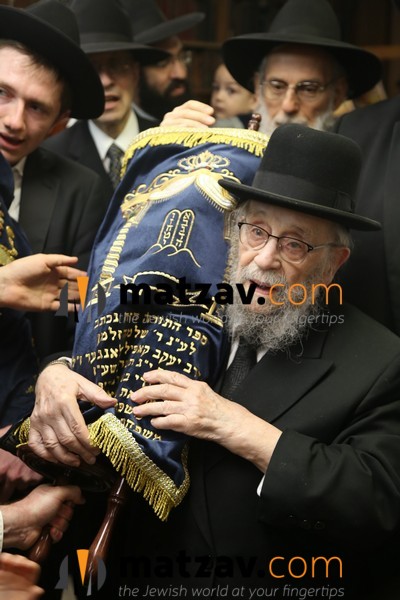
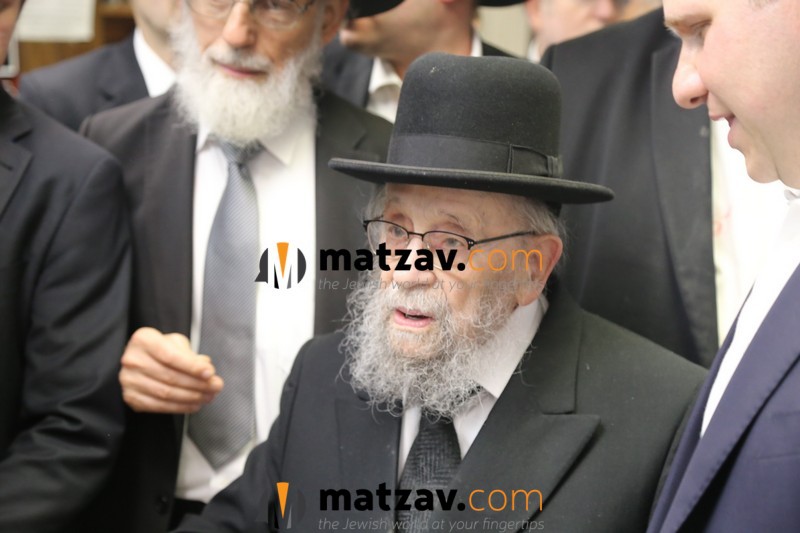
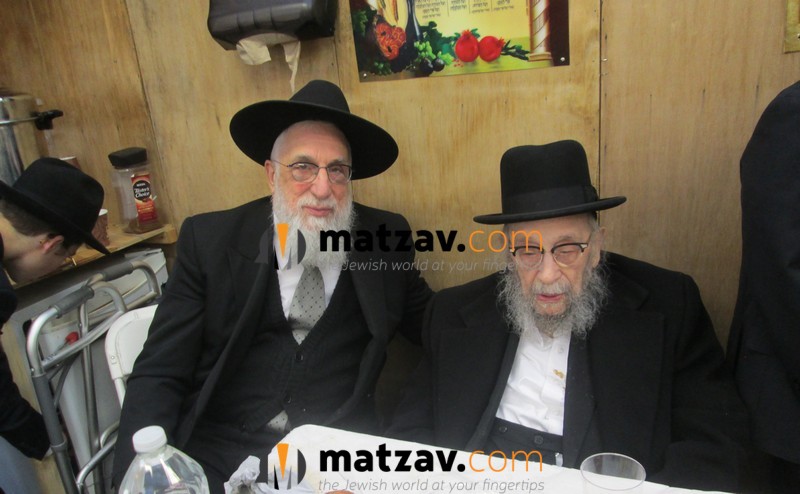
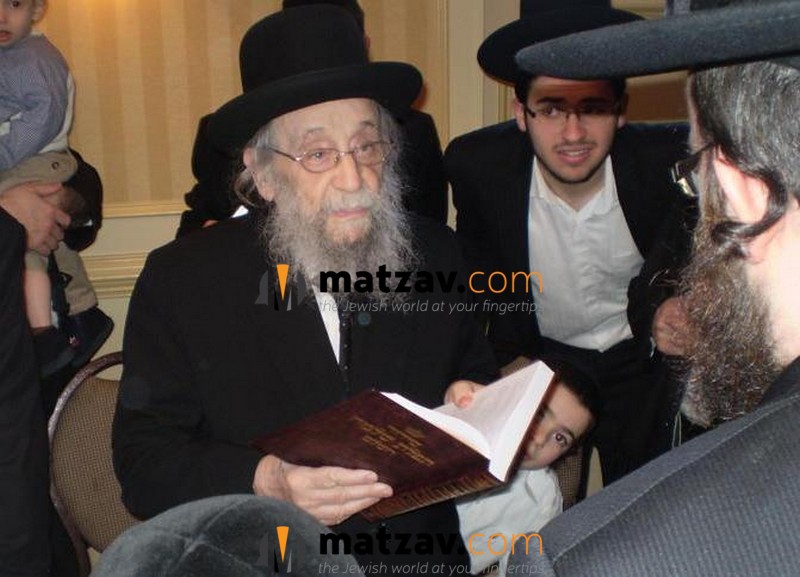
Recent Comments